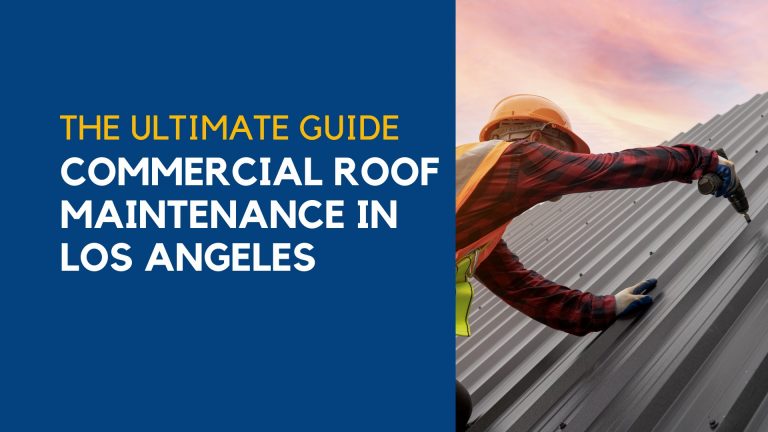FAQs Answered: Everything You Need to Know About Roof Repair and Maintenance
Roof repair and maintenance are integral aspects of homeownership, often prompting numerous questions about costs, insurance coverage, materials, and DIY possibilities. In this comprehensive guide, we address the top 12 frequently asked questions to provide clarity and insights into the world of roof repairs.
Many homeowners wonder if their roof repair costs are covered by insurance. Generally, while insurance may cover part of the expenses, complete coverage is rare. Full coverage is usually granted if the roof was in excellent condition before the damage occurred and if the cause of damage aligns with the insurance policy.
The cost of roof repair varies significantly based on multiple factors like the extent of damage, materials needed, and labor costs. Minor repairs might cost a few hundred dollars, while major repairs or replacements could amount to several thousand dollars.
Gutter repair costs also fluctuate depending on the severity of the damage and the type of materials used. On average, gutter repairs can range from $200 to $1000, but prices may differ based on your location and the scope of work required.
Yes, damaged roof shingles can typically be repaired without necessitating a full roof replacement. It’s crucial to address shingle issues promptly to prevent further damage to the roof structure.
When considering a reroofing project, homeowners can choose between various materials such as asphalt shingles, metal roofing, clay tiles, or slate. Each material has its advantages in terms of durability, cost, and aesthetics.
The lifespan of a roof varies based on the materials used. For instance, asphalt shingles generally last around 20-30 years, while metal roofing can endure for 50 years or more with proper maintenance.
While minor repairs like replacing a few shingles might be manageable for DIY enthusiasts, it’s advisable to consult professionals for major repairs or replacements. Properly executed repairs ensure long-term structural integrity.
Flat roofs are designed with a slight slope to facilitate water runoff. However, inadequate installation or blockages can impede drainage, leading to water pooling and potential leaks.
Warranty periods for roofs vary based on materials and manufacturers. It’s common to find warranties ranging from 20 to 50 years, but specific terms and conditions apply, so it’s essential to review warranty details carefully.
A leaking roof doesn’t always necessitate a complete replacement. Sometimes, repairs targeted at the source of the leak can resolve the issue without requiring a total overhaul.
The duration of roof repair or replacement depends on factors like the size of the roof, extent of damage, and weather conditions. Generally, a repair job can take a few days, while a complete replacement might span a week or more.
Selecting the ideal gutter for a flat roof involves considering factors like material durability, water flow capacity, and maintenance requirements. Common options include PVC, aluminum, or steel gutters, each with its pros and cons.
In conclusion, understanding the nuances of roof repair and maintenance is crucial for homeowners. Whether it’s assessing insurance coverage, estimating costs, or choosing the right materials, staying informed empowers you to make sound decisions regarding your home’s roof. Remember, consulting professional roofers for evaluations and repairs is key to ensuring the longevity and safety of your roof.

